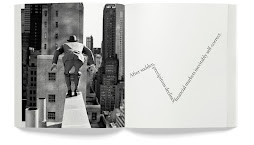
Panoramic photography is the usual choice of photogs who want to give their pictures a wider frame. However, there are several ways to define panoramic
photography. The methods used to create panoramas range from the simple piecing together of overlapping prints to wide-angle cameras to sophisticated computerized 360-degree virtual reality (VR) photos, and everywhere in between.

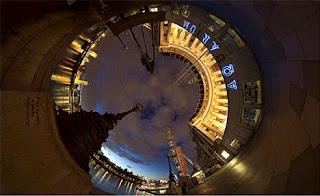
Special cameras make panoramic shots simpler for the photographer than methods like segmented panoramic or full rotation panoramic photography.
Fred Yake uses a variety of cameras to produce his stunning panoramic shots all around the world. These wide-angle photos appear to have been produced with the use of a fixed-lens or wide-field camera. This type of camera allows the photographer to take advantage of a wide frame, capturing more of the subject without the difficulties of taking multiple shots.
Photographs like these by London photographer
Will Pearson are a great example of the unique perspective that can be gained with the use of fisheye lenses and some special software. These images turn mundane landscape photographs into absolutely amazing one-of-a-kind works of art.
 http://weburbanist.com/2008/10/02/5-epic-panoramic-and-360-degree-photographers-and-photos/http://www.willpearson.co.uk/http://www.webdesignerdepot.com/2009/06/50-dazzling-examples-of-polar-panorama-photography/http://www.dirkpaessler.com/blog/index.php/photographers-tools/2006/09/06/tutorial-create-your-own-planets/LOOKING AT ARIF ASCI'S
http://weburbanist.com/2008/10/02/5-epic-panoramic-and-360-degree-photographers-and-photos/http://www.willpearson.co.uk/http://www.webdesignerdepot.com/2009/06/50-dazzling-examples-of-polar-panorama-photography/http://www.dirkpaessler.com/blog/index.php/photographers-tools/2006/09/06/tutorial-create-your-own-planets/LOOKING AT ARIF ASCI'S ISTANBUL PANORAMAS
ISTANBUL PANORAMASA city is a long walk through moments of pause and movement. In the work of Arif Asci, the city becomes a photograph in which movement is transformed into pause, and pause into the pregnancy of motion. In this stillness, the photograph toys with the movie camera, revealing surfaces of action and projection throughout the activities of everyday life. Whereas in a film, images lie side by side, in this film of the city, curtains of fabric, of fog, of smoke, of a reflective window-pane, of water, of walls are layered one past the other as we walk through them. Asci captures surfaces as curtains which, although often set up in order to divide the public from the private, like a woman's veil, instead reveal through the shadowplay of the everyday. Just like the first public showings of films in Turkish coffee houses, projected onto the screens of traditional Karagoz shadow plays, these screenings of shadows point to the boundary between the physicality of photography and film and its revelation of hidden narrative worlds. Shadows become performers who project private experiences in public. In the process of this projection, everyday activities - shopping at the market, riding a boat, playing by the shore, drinking tea - become part of the epic of human experience.
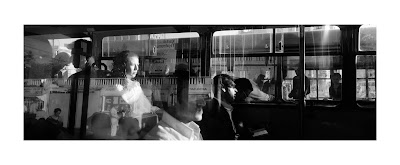

Like shadows themselves, weaving through the interstices of the city, street-vendors, children and animals unselfconsciously perform the loneliness in the crowd which has characterized the modern city since Baudelaire wandered through Paris in the mid-nineteenth century. But in contrast to the commercial images glimpsed on billboards and busses which aspire to a Western identity, this is no Paris with its regular boulevards for the see-and-be-seen promenade, nor do we wish it to become one. Asci instead reveals a city which outgrows any attempts at planning, in which concrete cracks and crowds make unlikely daily homes for themselves without any intention of making an impression, without any consciousness of the impression they make on the camera. The city surrounded by water becomes a city with the solidity of water.


Since the nineteenth century, this complex waterfront of multiple shores - of Europe and Asia against the Sea of Marmara, the Black Sea, the straight which joins them, called the Bosporus, and the riverine port which joins it, known as the Golden Horn - has offered photographers a long series of panoramas through which to create the image of the exotic city, minarets pointing delicately to the sky. This panorama, however, is the view from outside. Like a veil, it points to what is hidden without showing it; it shows only to promise revelation without actually granting entry to the city. These photographs by Asci use the elongated format of the panorama to turn this common view of the city inside-out. Walking within its streets, meeting its inhabitants, caught in the web of their movements, we no longer exoticize the city as an impenetrable castle surrounded by a moat, but instead, along with the photographer, we respect its mystery, a never-ending series of curtains, unknowable as the most intimate belove.
Dr. Wendy M.K. ShawAssociate Professor,Faculty of Communications,Bahcesehir University, IstanbulCuratorial Associate,Istanbul Museum of Modern Art
http://www.arifasci.com/gallery_panorama.htmlhttp://www.arifasci.com/istanbulcolour_gallery.html

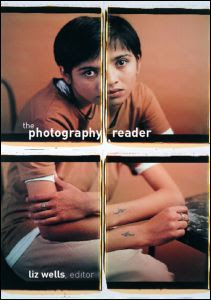 The photography reader โดย Liz Wells
The photography reader โดย Liz Wells
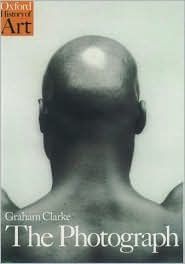





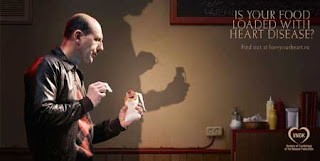








 Melvin Sokolsky (born in 1933) is an American
Melvin Sokolsky (born in 1933) is an American 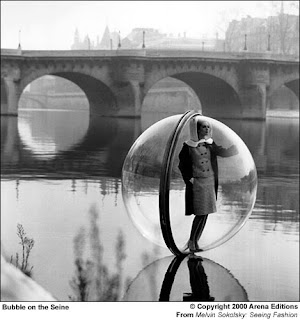










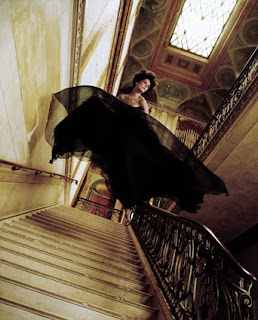

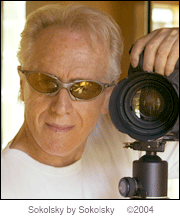













 Like shadows themselves, weaving through the interstices of the city, street-vendors, children and animals unselfconsciously perform the loneliness in the crowd which has characterized the modern city since Baudelaire wandered through Paris in the mid-nineteenth century. But in contrast to the commercial images glimpsed on billboards and busses which aspire to a Western identity, this is no Paris with its regular boulevards for the see-and-be-seen promenade, nor do we wish it to become one. Asci instead reveals a city which outgrows any attempts at planning, in which concrete cracks and crowds make unlikely daily homes for themselves without any intention of making an impression, without any consciousness of the impression they make on the camera. The city surrounded by water becomes a city with the solidity of water.
Like shadows themselves, weaving through the interstices of the city, street-vendors, children and animals unselfconsciously perform the loneliness in the crowd which has characterized the modern city since Baudelaire wandered through Paris in the mid-nineteenth century. But in contrast to the commercial images glimpsed on billboards and busses which aspire to a Western identity, this is no Paris with its regular boulevards for the see-and-be-seen promenade, nor do we wish it to become one. Asci instead reveals a city which outgrows any attempts at planning, in which concrete cracks and crowds make unlikely daily homes for themselves without any intention of making an impression, without any consciousness of the impression they make on the camera. The city surrounded by water becomes a city with the solidity of water.
 Since the nineteenth century, this complex waterfront of multiple shores - of Europe and Asia against the Sea of Marmara, the Black Sea, the straight which joins them, called the Bosporus, and the riverine port which joins it, known as the Golden Horn - has offered photographers a long series of panoramas through which to create the image of the exotic city, minarets pointing delicately to the sky. This panorama, however, is the view from outside. Like a veil, it points to what is hidden without showing it; it shows only to promise revelation without actually granting entry to the city. These photographs by Asci use the elongated format of the panorama to turn this common view of the city inside-out. Walking within its streets, meeting its inhabitants, caught in the web of their movements, we no longer exoticize the city as an impenetrable castle surrounded by a moat, but instead, along with the photographer, we respect its mystery, a never-ending series of curtains, unknowable as the most intimate belove.
Since the nineteenth century, this complex waterfront of multiple shores - of Europe and Asia against the Sea of Marmara, the Black Sea, the straight which joins them, called the Bosporus, and the riverine port which joins it, known as the Golden Horn - has offered photographers a long series of panoramas through which to create the image of the exotic city, minarets pointing delicately to the sky. This panorama, however, is the view from outside. Like a veil, it points to what is hidden without showing it; it shows only to promise revelation without actually granting entry to the city. These photographs by Asci use the elongated format of the panorama to turn this common view of the city inside-out. Walking within its streets, meeting its inhabitants, caught in the web of their movements, we no longer exoticize the city as an impenetrable castle surrounded by a moat, but instead, along with the photographer, we respect its mystery, a never-ending series of curtains, unknowable as the most intimate belove.
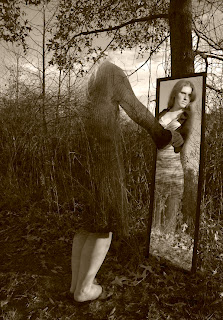 Name:
Name: 


